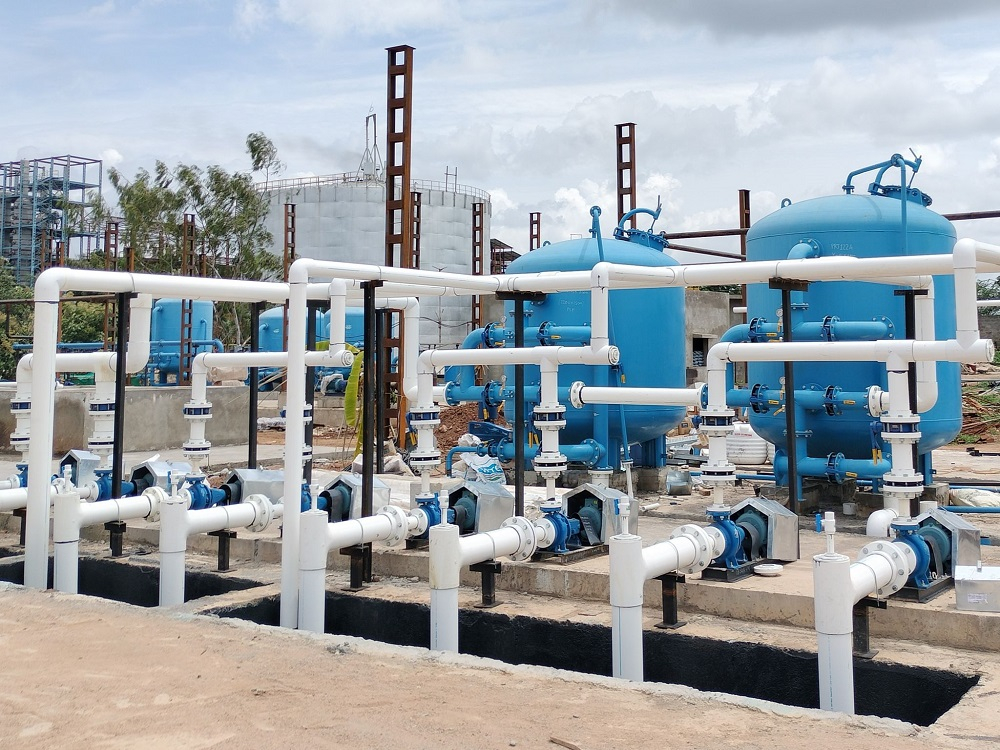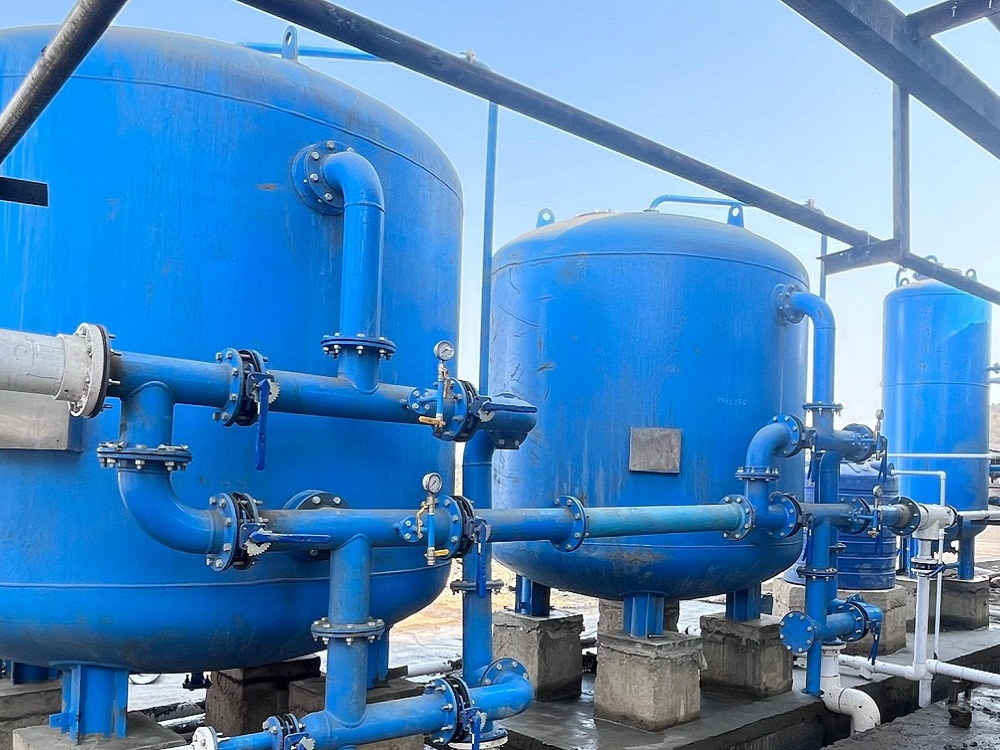Water Treatment Plant
Request Quotation
We can’t wait to get to know you better!
A Water Treatment Plant (WTP) is a facility designed to remove impurities and contaminants from raw water sources such as rivers, lakes, and groundwater to make it safe and potable for human consumption, industrial use, or irrigation. The treatment process typically involves several stages such as coagulation, sedimentation, filtration, and disinfection to remove various impurities such as suspended solids, bacteria, viruses, and dissolved minerals.
The water treatment process begins with the intake of raw water, which is typically pumped into the treatment plant from a nearby source. Filtration Process Starts, where the water passes through various media layers such as sand, gravel, and activated carbon and others resign to remove any remaining suspended particles and dissolved contaminants. Disinfection is then carried out to kill any remaining bacteria and viruses by adding chlorine or other disinfectants to the water.
After the treatment process is complete, the water is then pumped into a storage tank or distributed directly to consumers via a network of pipes. Regular testing and monitoring are carried out to ensure that the water meets the required quality standards and is safe for human consumption, industrial use, or irrigation. Overall, water treatment plants play a critical role in ensuring the availability of clean and safe drinking water for communities and industries while also protecting the environment from the harmful effects of untreated wastewater.
Our Clients











Projects Delivered
Cities
%
Satisfaction
%




